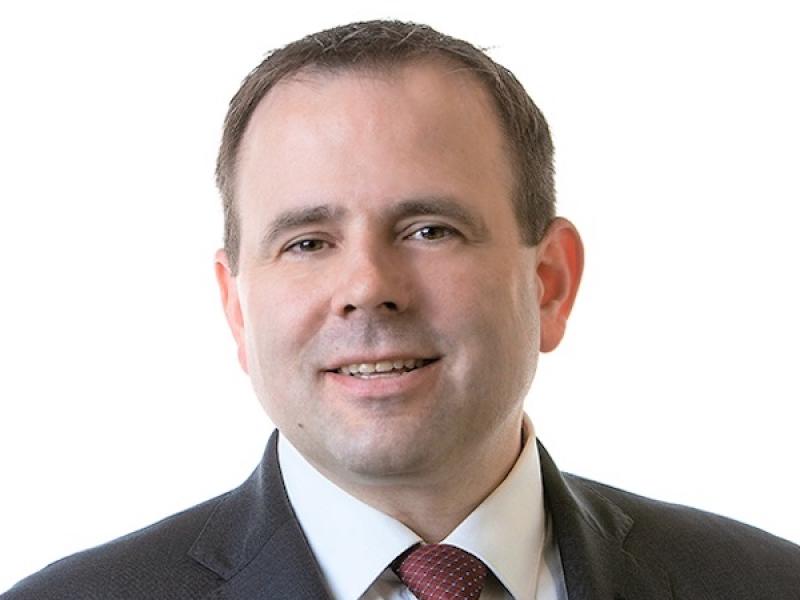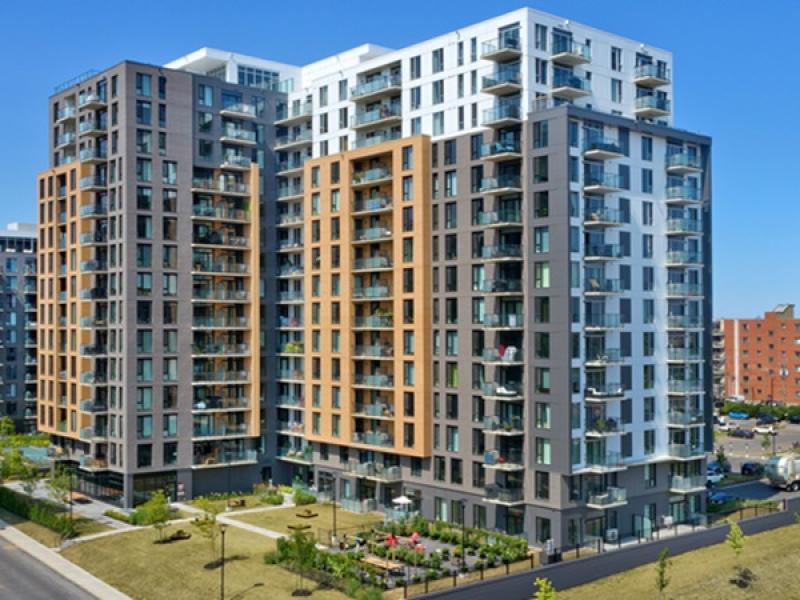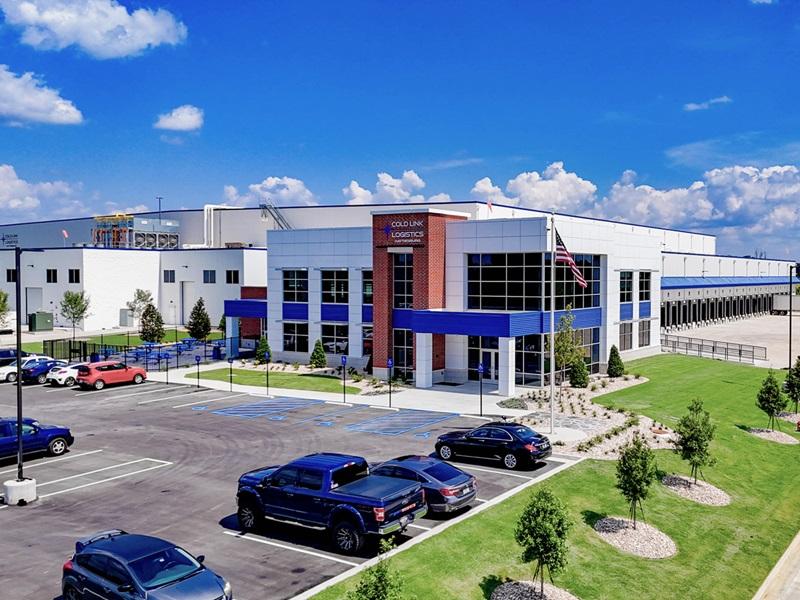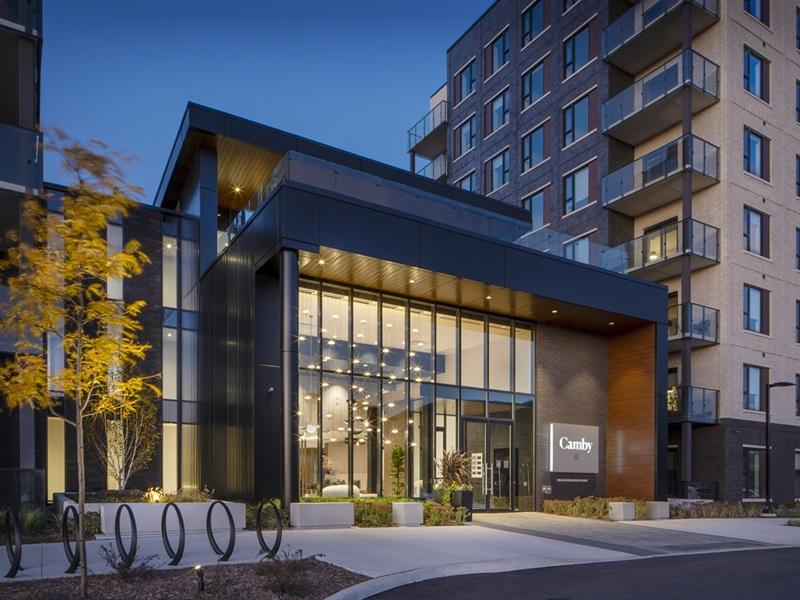
Slow pre-construction condominium unit sales have plagued that sector of Canada’s multiresidential market, but rental housing has become an increasingly popular alternative leading to increased transaction volume in purpose-built apartment buildings.
Multifamily vacancy rates in Vancouver, Montreal and Toronto were 1.6 per cent, 2.1 per cent and 2.5 per cent respectively in 2024, according to CBRE’s recently released Q2 2025 Montreal Multifamily Market Outlook report.
That made them the tightest markets among major North American cities. The closest to come to those vacancy rates south of the border were:
- New York City (3.1 per cent);
- Orange County in California (3.8 per cent);
- San Francisco (4.2 per cent); and
- Detroit and San Diego (4.5 per cent).
RENX interviewed brokers in Montreal, Toronto and Vancouver to get perspectives on what’s happening in each of their markets - Canada's three largest urban areas.
Montreal
Multifamily investment in the Greater Montreal Area (GMA) increased 46 per cent from 2023 to 2024, and 78 per cent in Q1 compared to the same period in 2024.
Multifamily represented 41 per cent of the GMA’s investment volumes in 2024 and 58 per cent in Q1 of this year. These positive trends are expected not only in Quebec’s largest city, but across the country.
“Montreal’s multifamily market is poised for strong long-term rental growth and tight occupancy rates, driven by immigration, decreasing home ownership rates due to lack of affordability, a young workforce increasingly opting for the rental market, and a prolonged period of undersupply,” Guillaume Jacob, senior vice-president with CBRE Montreal's national investment team, told RENX.
“Relative to Toronto and Vancouver, where you're starting to see some rent deflation, here there's still rental growth so there's still a lot of appetite from investors for what's actively being marketed now.”
Along with some smaller purpose-built rental assets, CBRE is marketing two significant Montreal properties:
- Le 6630 is a 58-year-old, 22-storey concrete building with 254 units at 6630 Sherbrooke St. W. in Notre-Dame-de-Grâce.
- Le Cent-Onze is a three-year-old, 11-storey, 270-unit building at 111 Alexis Nihon Blvd. in Saint-Laurent.
CBRE also just went under contract with an 11-storey, 125-unit, Mondev-developed apartment at 1200 Mackay St.
InterRent REIT and Crestpoint Real Estate Investments Ltd. acquired Alba — a 20-storey, 248-unit downtown apartment building completed in 2023 at 170 Rene-Levesque Blvd. E. — for $107 million from developer Mondev and Hillpark Capital last November.
“When you look at the market, the investable universe is shrinking,” Jacob observed. “If you're an institutional investor, you're probably focused solely on new-build multifamily. So we're probably going to see some cap rate compression in that sector.”
Prices for value-add apartment buildings have risen along with rents, and private investors are very focused on that product.
“Two years ago, bigger was better,” Jacob said. “I think today, it's the opposite. The sweet spot is probably 150 to 300 units.”
A lot of downtown developments proposed as condos were converted to purpose-built rentals from 2021 to 2023 in conjunction with rising interest rates and market conditions.
Jacob believes this could result in a slight over-supply downtown, which could soften rent escalations. There’s not enough new supply or competition to drive rents down in the suburbs — which are also constrained by limited infrastructure and in-place zoning.
Toronto

Colliers has over $400 million in apartment building deals under contract, according to vice-president and sales representative Dayma Itamunoala. He noted there’s liquidity for all sizes of opportunities, particularly smaller deals.
Itamunoala, who responded to emailed questions from RENX, said Greater Toronto Area (GTA) apartments command a 50- to 100-basis point premium to secondary markets.
“The GTA has 6.7 million people, embedded supply constraints, and offers the flight to quality that many buyers are seeking today,” Itamunoala wrote. “There will always be bids for quality assets across the GTA.”
Itamunoala said there are four types of buildings on the market at the moment:
- older buildings requiring near-term capital expenditures that are ripe for repositioning but have 70 per cent or more upside in rents;
- well-maintained older buildings with a mix of older and newer tenants with rent upside of 40 to 50 per cent;
- institutionally owned buildings at the end of five- to 10-year value-add programs with rent upside of 20 to 40 per cent and higher tenant turnover than value-add; and
- buildings built post-November 2018 that don’t have rent controls, which seldom come to market but garner significant interest from larger investors with patient and low-cost capital.
“Today, buyers typically want positive leverage,” Itamunoala said. “It sounds obvious, but between 2020 and 2023 we sold several assets in the low-two cap range. Today, buyers are putting less weighting on rental growth generated by turnover and more weight on how the building performs in year one.”
The average sale price per unit was $287,769 in Q1 2025, though some recent deals have had a significantly higher rate, including:
- $396,552 for 29 units at 111 Oriole Pkwy. in Toronto;
- $385,246 for 61 units at 83 Elm Ave. in Toronto;
- and $305,004 for 242 units at 75 Orenda Ct. in Brampton.
Some condo developers are exploring conversions to rental buildings due to slow sales, but Itamunoala noted most developments underway started over a year ago. He isn’t seeing many new shovels in the ground.
“The caveat is that due to the lower volume, trade pricing has come off materially. Those with conviction and healthy access to capital are charging forward.”
Itamunoala forecasts higher transaction activity this year with the federal election behind us.
Vancouver
Vancouver apartment building sales were down in 2022 and 2023 but rebounded last year, with transaction volume up 33 per cent and dollar volume up 71 per cent to almost $1.8 billion, according to Goodman Commercial principal Mark Goodman.

Goodman Commercial just sold its ninth apartment building of the year — a 63-year-old, four-storey, 48-unit complex at 8770 Granville St. — bringing its sales volume up to $92 million. Several more sale announcements and a wave of new listings are promised soon.
Goodman said some properties provide purchasers with both rental income from existing buildings as well as redevelopment potential to create additional density. The company also has listings for apartment development sites.
The fear of U.S. tariffs and their impact on the Canadian economy is fuelling investors to move into multifamily, which Goodman said has “traditionally proven to be recession-proof, resilient and predictable.”
Many purchasers in the market are “astute multifamily investors that see a great buying opportunity when you look through a long-term lens.”
There’s been a 25- to 30-per cent drop in the average price per unit since the height of the COVID-19 pandemic, the Bank of Canada’s benchmark interest rate has fallen by 225 basis points in the past year, and cap rates have risen to the high three- to low four-per cent range.
“You're actually getting liquidity,” Goodman said. “It's still not as frothy as it used to be, but we're in a much healthier, balanced market right now.”
B.C.’s Rental Protection Fund provides capital to non-profit housing organizations to help them purchase existing occupied rental buildings, to safeguard affordable rental homes by removing them from the speculative market. It’s had a major impact.
“Traditionally, private investment made up about 85 per cent of the market, about 10 per cent was institutional buyers with REITs and pension funds, and five per cent was government and non-profit,” Goodman said. In 2024, those figures were 19 per cent government/non-profit, seven per cent institutional and 74 per cent private.
Goodman wouldn’t be surprised if there was a 20 per cent increase in apartment transaction activity this year from 2024, which was already a bounce-back year. He expects the price per unit to remain relatively flat.
“Overall sentiment is much better this year."









